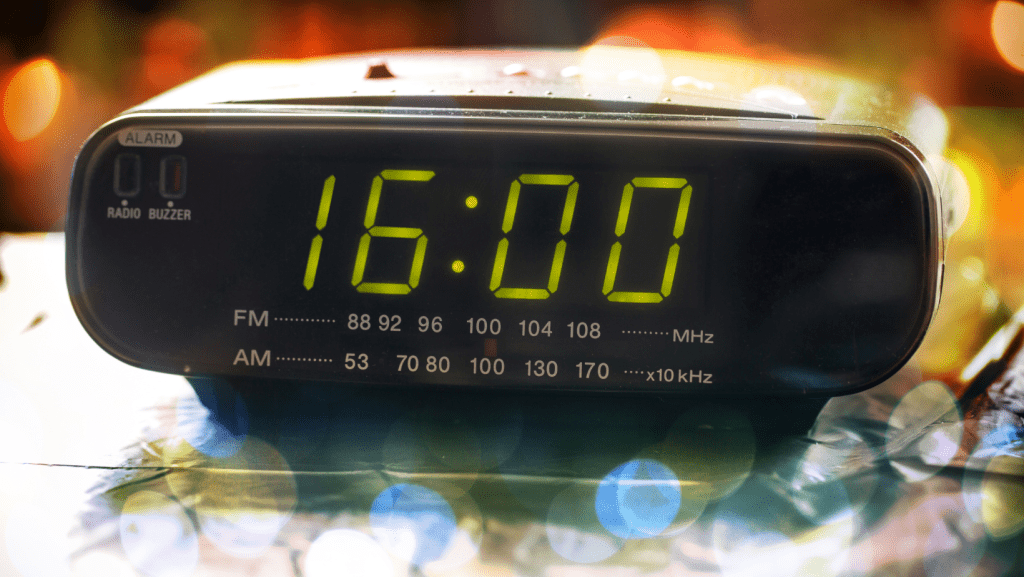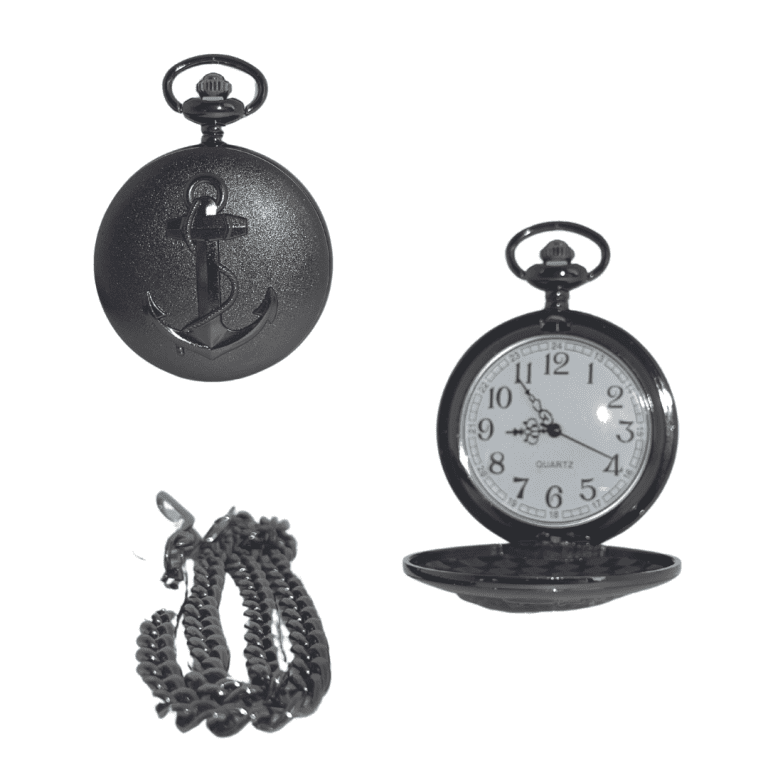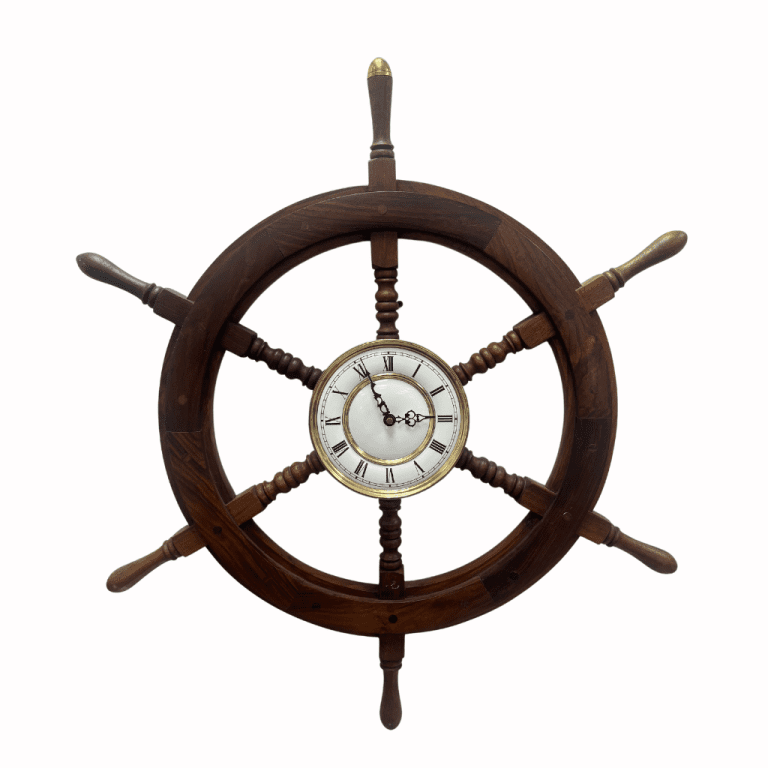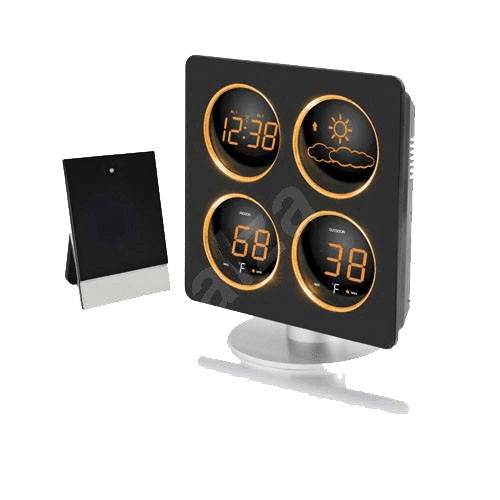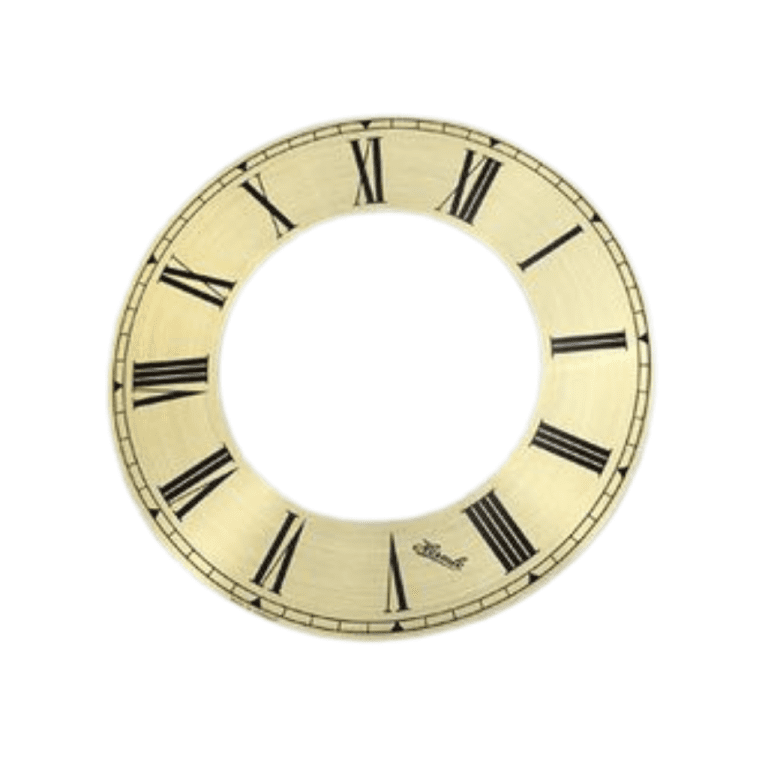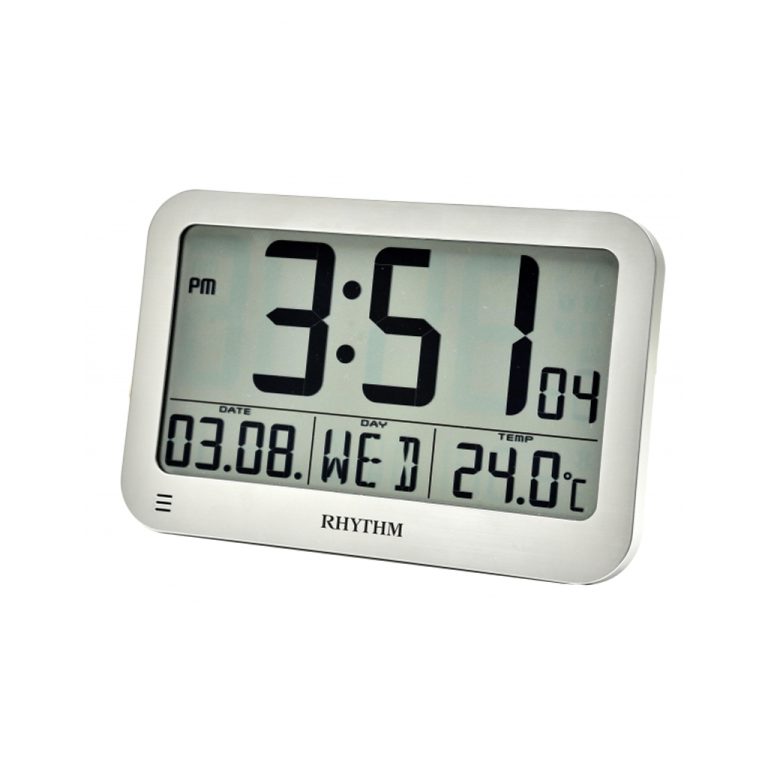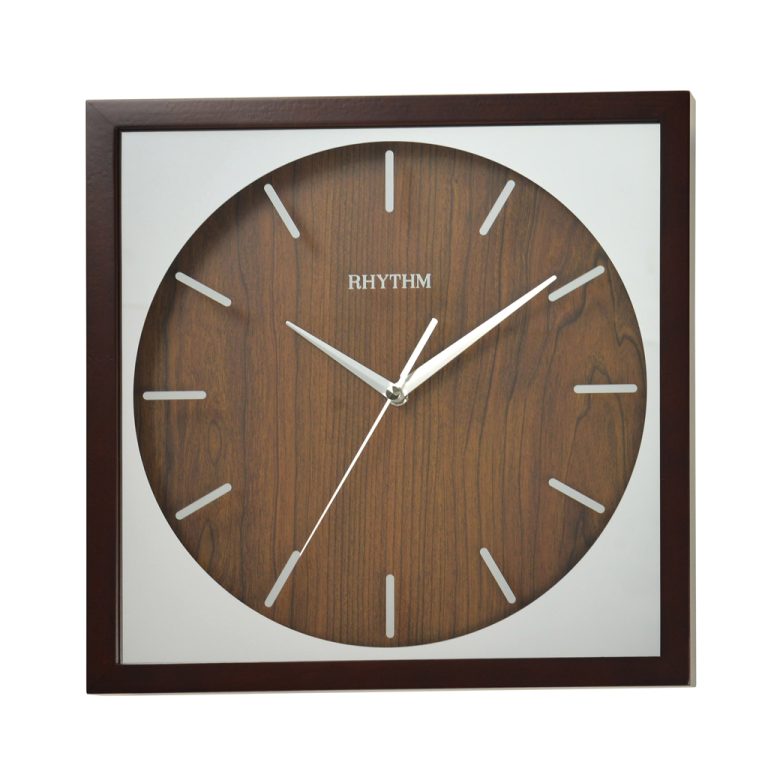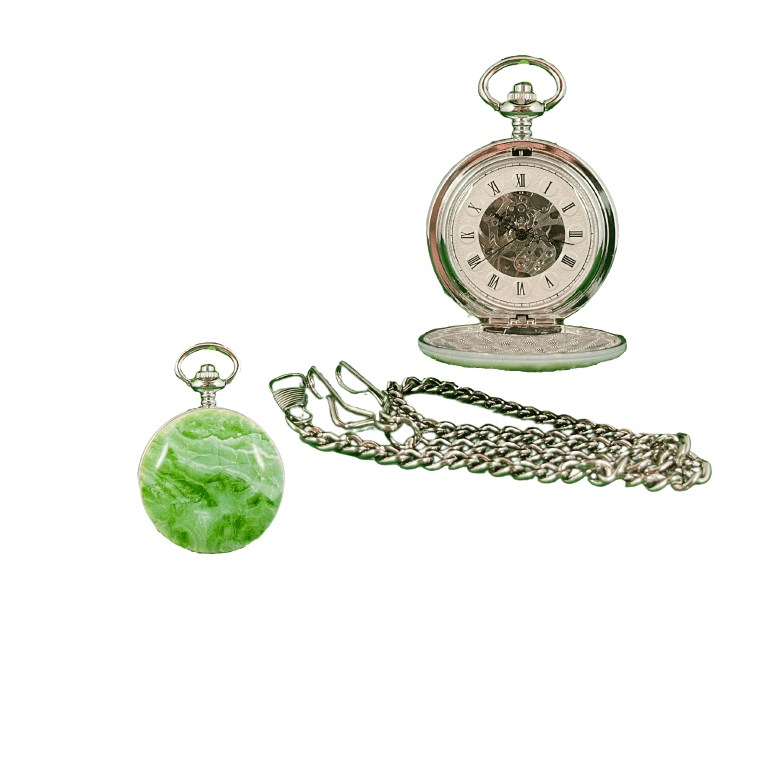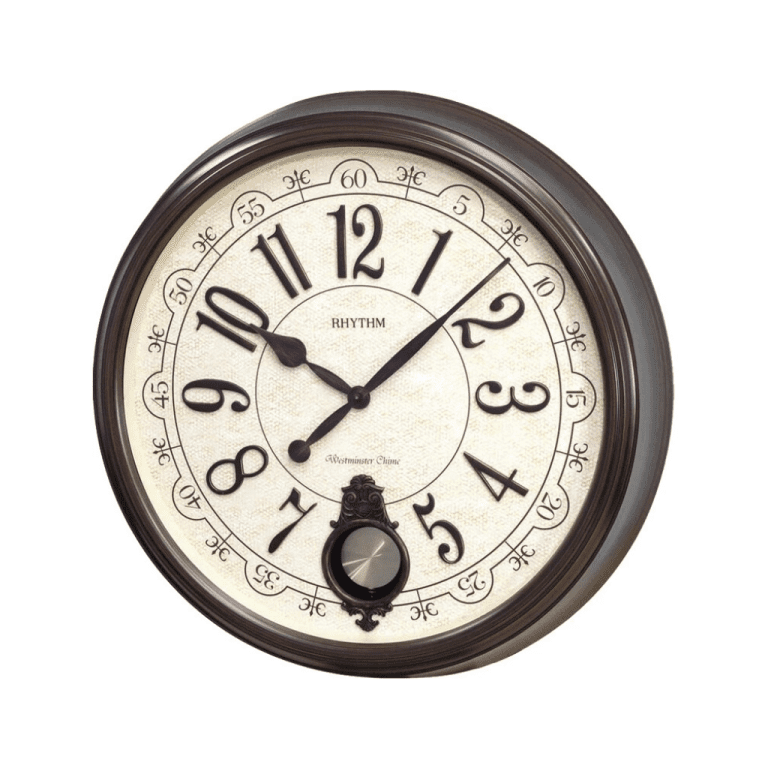Digital Clock
A digital clock is an alternative to a traditional analogue clock. This type of clock shows numbers to display the time in a digital format, such as on a watch, phone or an alarm clock. This can be in both 12 and 24-hour formats.
What is a digital clock?
A digital clock is an alternative to a traditional analogue clock. This type of clock shows numbers to display the time in a digital format, such as on a watch, phone or an alarm clock. This can be in both 12 and 24-hour formats, so it’s important for children to understand the two before introducing them to a digital clock.
How are children taught to read an analogue and digital clock?
Children are first introduced to time at KS1, where they’ll start off by reading the time on an analogue clock before moving on to digital clocks.
At year 1, children will gain a basic understanding by learning on the hour times, such as 8’o’clock. They’ll be taught that if the long clock hand is pointing at 12, and the shorter hand is pointed at 8, then this reads 8’o’clock. A great way to help children gain more confidence with o’clock times is to get them to read the clock every time it reaches an on the hour time. This is a great way to help them begin to read an analogue clock confidently.
After that, they’ll begin to read half past times, such as half past 2. You’ll then teach them the same principle and explain that when the long hand reaches 6 and the shorter hand reaches 2 – this then reads half past 2.
When children reach year 2 they should be able to confidently tell the time to five minutes, as well as quarter past and quarter to.
Once children have reached year 3, they’ll slowly begin to be introduced to 12 and 24-hour times, as well as digital clocks. For example, they could be given a time such as 2:30 and then have to draw the correct hands on an analogue clock to create this time, to show that they understand the two formats.
By year 4, 5 and 6 children should be comfortable using both 12 and 24-hour times and should use them correctly.
In Year 5 and 6 children will use this knowledge and begin to solve problems by converting between the two times.
How to help children tell the time digitally:
We recommended making sure children fully grasp the concept of analogue clocks and the differences between 12 and 24-hour time formats before moving on to digital clocks. This then will ensure that children fully grasp and understand digital clocks.
Here are some tips to make the process fun and engaging – plus they’re great to try at home too!
- Make sure children can convert between 12 and 24-hour. Try making some flashcards and ask your child to match the 12-hour time with its 24-hour conversion. This could be a brilliantly visual way to engage their learning.
- Ask children what time it is and prompt them to read on both digital and analogue time formats, so they don’t forget the two.
- Make children more aware of the time by introducing their routines. If they have any activities make sure you explain the time it’s happening, so they can connect with different times.
- Provide your child with a watch, or an alarm clock, so they can become more familiar with digital and analogue times throughout their day.
You could also make sure children understand duration too, by breaking down their tasks and activities throughout the day. For example, try explaining that lunch is at 12 o’clock and lasts around an hour until 1’o’clock. You could then say to your child: ‘you have x amount of hours for screen time today,’ and ask them what time would that make it when it’s finished. This is a great way for children to grasp duration and gain good time management skills.
Credited to:https://www.twinkl.co.za/

